
Testen & meten in de voorste kruisband revalidatie: de zin en onzin

Written by Mathijs van der Meer
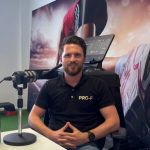
Co-written by Wouter Welling
When can you resume playing sports such as soccer, basketball, handball, field hockey and rugby after anterior cruciate ligament surgery? This is a question that is frequently asked. The goal of your anterior cruciate ligament surgery is usually to be able to play sports again at the pre-operative level. That this is not obvious you have been able to read in the blog: ´why does anterior cruciate ligament rehabilitation take so long. In this blog, we answer the question of when you can return to sports after anterior cruciate ligament surgery and the value of testing and measuring in anterior cruciate ligament rehabilitation.
The importance of testing and measuring
In this blog Wouter Welling his experiences and research results on a safe return to sport after anterior cruciate ligament reconstruction. He is an exercise scientist working at PRO-F in Enschede. In 2022, he received his PhD on the subject of return to sport after anterior cruciate ligament reconstruction from the University of Groningen.
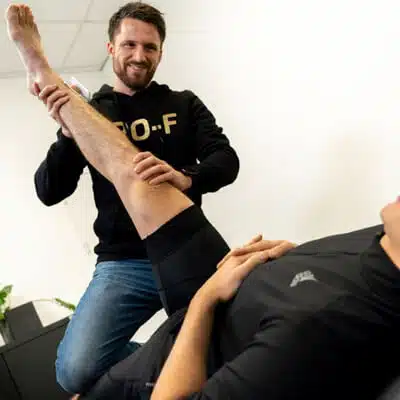
The benefits of testing
- Support decision making within rehabilitation based on specific criteria.
- Monitor and provide insight into rehabilitation progress.
- Motivate by setting specific and measurable training goals.
What you measure is what you know, but do you know enough?
Sports have a context. Namely, a field, ball, fellow players, opponent, points, time, etc. The body must perform complex movement processes to sustain itself. A measurement and/or test assesses a relatively simple and standardized movement, this is important but not yet equal to the sport you want to play. Moreover, people behave and move differently once they are aware of a test situation, this is called test behavior. After taking tests, do we know enough to return to sports?

What do we know after a test?
After a test, you'll know if basic knee function is well restored (bending, extension and stability), muscle strength between both legs is normalized, that you can jump and land, and that you can make coordinatively difficult jumps and movements. In short, you know if you have achieved a certain basic level to return to sports. This basic level ensures that you are more likely to be able to return to the pre-operative level of sports. However, a study by Wouter Welling shows that, unfortunately, test results still cannot rule out whether you sustain a new knee injury while playing sports. This may be due to the vast difference between the current method of testing and the sport-specific movements required in sports.
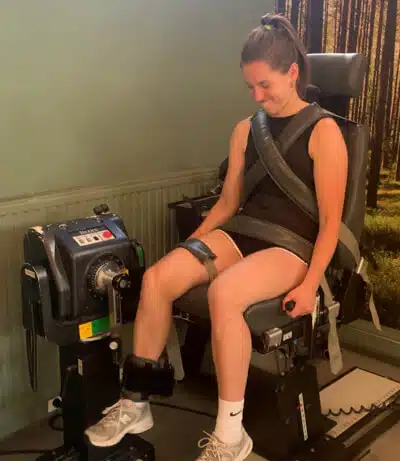
Force measurement with the Biodex
The test battery for return to sport
In his research, Wouter Welling describes a test battery that is relatively simple, and that all physical therapists can basically use. This includes strength, jumping, quality of movement and mental well-being.
The test battery:
- Isokinetic biodex test charts the strength of the quadriceps and hamstrings (Alternative: hand held dynamometer testing).
- Hop tests are jump tests to measure distance and height.
- LESS jump test assesses quality of jump and landing.
- ACL-RSI is a questionnaire that measures patients' confidence in their knee to return to sports.
- IKDC is a questionnaire that measures the patient's experience of knee function.
What if you passed the tests and measurements?
Passing the test criteria is the reward of intensive rehabilitation. You have reached a good baseline and are ready for the next phase of recovery. You will start building up the sports recovery step by step after this. This is an important phase of your rehabilitation, take the time to get your body used to the sport you want to play. With your physical therapist, you will practice complex movement patterns, mimic sport-specific situations and work on the sports field. Meanwhile, you will gradually begin to participate more in your sports team's training sessions with your teammates. Only when you can give 100 percent at training will you start competing. Build this up gradually as well. One way to build up field rehabilitation thoroughly is to use the "control-to-choas” model.
Summary
Testing and measurement are an important part of rehabilitation. To some extent, these tests determine whether you have reached a good level and can start playing sports again. Sports are complex and these sports still need to be trained after the test criteria are met. The return to sport requires a very sport-specific (final) phase of your rehabilitation and a gradual resumption of team training and competitions.
In conclusion, testing criteria provide good conditions that facilitate return to sport, but cannot predict the likelihood of new knee injury.
Why anterior cruciate ligament rehabilitation takes a long time you can here read


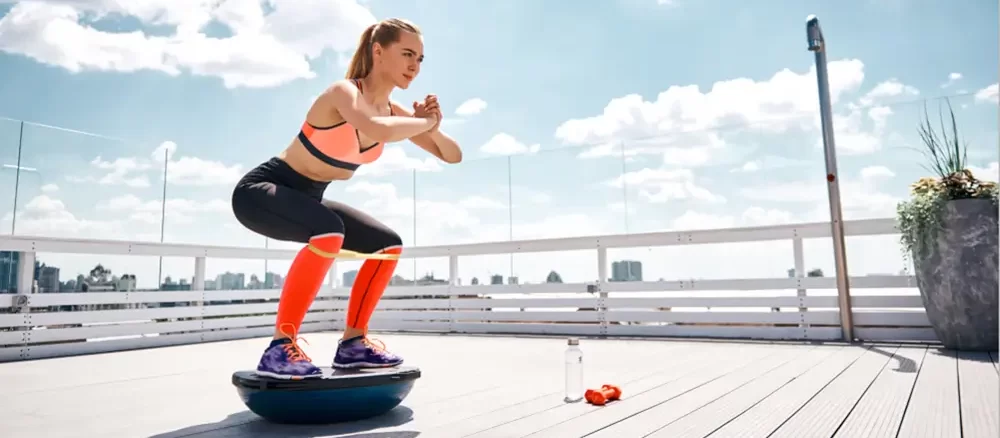
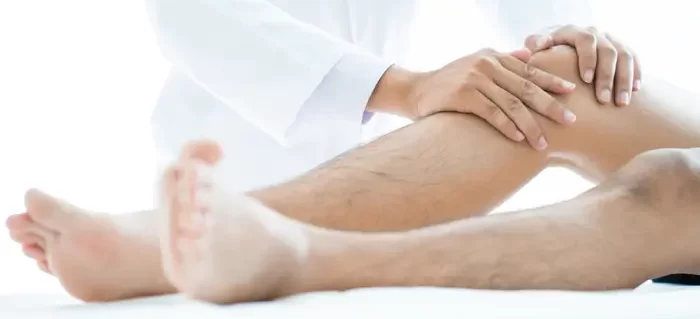

Trackbacks/Pingbacks